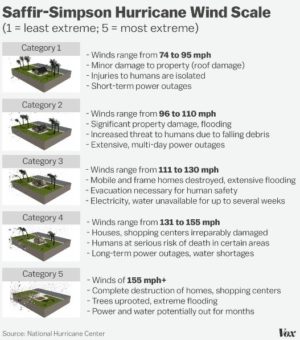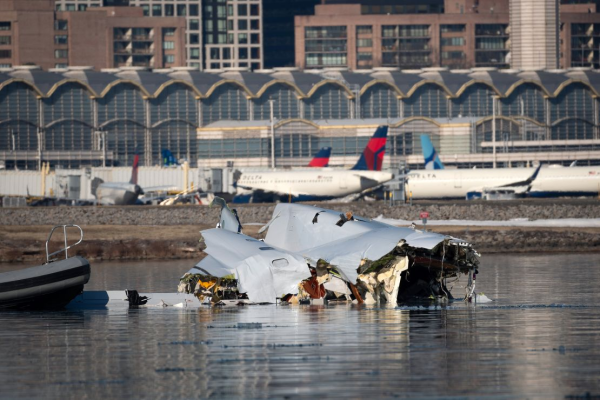Hurricane Florence Devastates the Southeast
Forecasters are relating the potential damages and flooding to Hurricane Harvey, which hit Houston just a little over a year ago. The second week of September brought horrible news for the southeast coastal states.
Starting as a Category 4 in the Atlantic, Florence has made landfall as a Category 1 in Wrightsville Beach, North Carolina. The storm had surges of up to 10 feet and winds of a maximum 90 miles per hour. The storm dumped three inches of rain an hour. Then it punished homes with severe flooding, power outages, and heavy winds.
A few hours before making landfall as a Category 1, Hurricane Florence was considered a low Category 2 with projected storm surges measuring up to 13 feet. It was also projected that Florence would cause landslides in both North and South Carolina with enough rainfall. With the storm slowly approaching, over 400,000 people evacuated their homes in South Carolina with another 4,000 people moving into shelters. As of September 17, 2018, more than 342,000 people are without power in their homes.
Forecasters from local North Carolina weather stations, reported that Florence was the “rainiest” east coast tropical system ever. The massive amount of water that Florence produced several record-breaking floods and terrible property damage. Rivers have flooded into neighborhoods and highways trapping many of the people who rode out the storm. In both South Carolina and North Carolina four dams breached Tuesday morning, September 18, 2018. Florence left at least 10 states and 30 million people under flood watches and warnings. As of September 18, 2018, Florence was responsible for at least 32 deaths and even more people displaced by its property damage.
The biggest threat that Florence poses is her flooding. With extreme rainfall, flooding is almost inevitable in areas that come into contact with Florence. Florence’s more than 30 inches of rain caused rivers to flood over including the Cape Fear River, in North Carolina, which is set to crest at over 62 feet. The storm’s rating of a Category 1 makes it no less dangerous as the current scale does not rate based on water intensity and damage.
Florence has caused more than 30 deaths and is likely to cause billions of dollars in property damage. While the wind speeds themselves indicated that Florence wasn’t a dangerous hurricane, flooding and water damage was a huge contributor to loss of life and property destruction.







